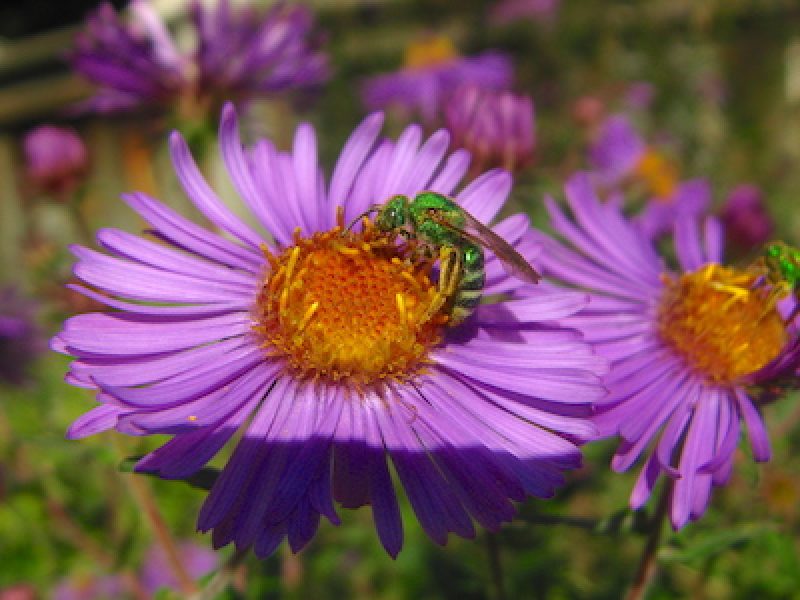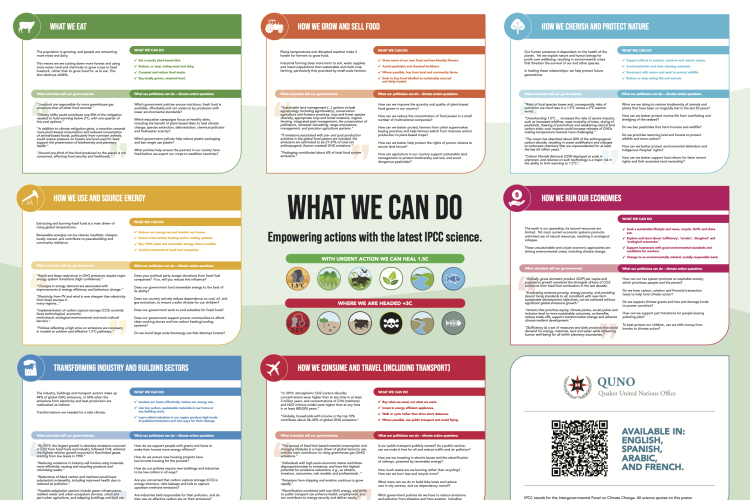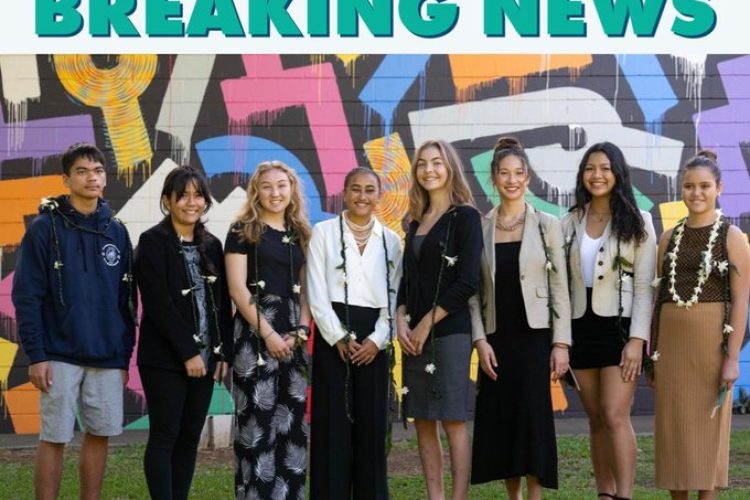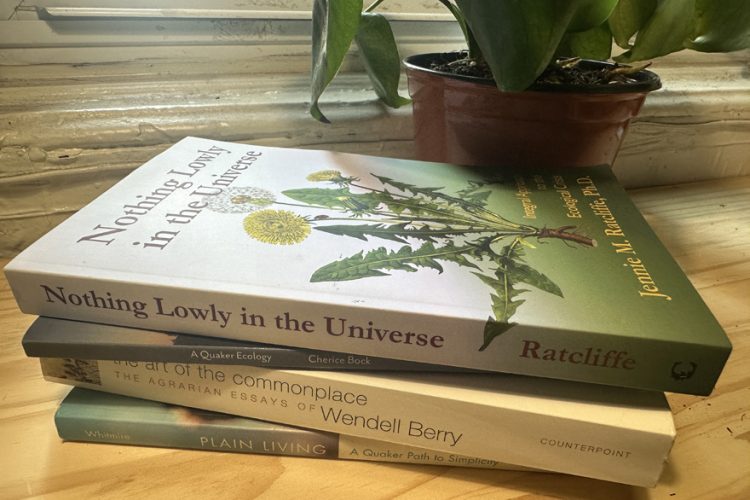How to Help Pollinators in Your Own Neighborhood

By Dave Crawford.
Robin Wall Kimmerer (Braiding Sweetgrass, 2014) suggests humans can restore natural landscapes as a gift to Earth in exchange for the gifts nature provides to humans. She suggests that Earth might say “thank you” to humans for doing this. I’ve done this in my yard, and Earth says “thank you” in pollinators!
Helping indigenous pollinators—any organism which transports pollen from one flower of a species to another flower of the same species, like bees, hummingbirds, and some butterflies—by providing plants native to your region can work at any scale. I’ve found native pollinators on a front porch with nothing more than three potted native plants.
Native pollinators, which do most of the work of sustaining our ecosystems and a large share of sustaining our crops, are radically declining in population. Native pollinators need regionally appropriate native plants—organisms indigenous to a specified geographic area, occurring naturally—and a pesticide-free environment in order to maintain their populations and do their pollination work. These needs can be met as simply as by installing a small pollinator garden.
As pollinators succumb to rural habitat conversion and agricultural practices, urban habitat becomes increasingly important. For example, federally endangered rusty-patched bumble bees may currently be sustained more successfully in cities than in rural areas.
The ideal goal for a pollinator-friendly neighborhood is to ensure the presence of native plants in bloom through as much of the growing season as possible. Some pollinators are active through most of the growing season while others complete the pollinating part of their life cycle in spring and aren’t seen again until the following spring. Still others are active as adults only during late summer and early fall. All must find appropriate food.
Native pollinators are indigenous to a specified geographic area, and co-evolved with the native flowers of that area. For example, the U.S. has over 4000 native bee species, and each requires flowers to which their physical characteristics and their behaviors and nutrient requirements are adapted. Contrast that with honeybees, a non-native species domesticated to be “generalists,” using a wide variety of flowers and not dependent on any particular species, and often much less effective at pollinating native plants.
Why native plants? Most domestic flowers are “cultivars,” bred for human-centric qualities. Most are bred from species which are not locally native and are totally unfamiliar to local pollinators. Even locally-based cultivars (called “nativars”) are less able to supply the needs of native pollinators. Generally, if a plant sold at a nursery has a varietal name, such as “Geranium maculatum ‘Espresso’” (a human-bred variety of native wild geranium), it is a cultivar/nativar.
What’s native to your region? Visit <xerces.org/pollinator-conservation/plant-lists> or <wildflower.org/collections>. Learn which plants occur naturally in your state.
Tips for Helping Pollinators
- You can allow dandelions and lawn clover and other non-natives to grow, at least until you install natives in their place. These weedy non-natives can be stopgap food sources for pollinators in the absence of native alternatives. They rarely pose a serious competitive threat to the integrity of native plant communities, unlike invasive species like creeping bellflower, crown vetch, blue squill, purple loosestrife, Japanese barberry, European buckthorn, and many others. But, natives are still best!
- Avoid installing any plant or seed which has been treated with neonicotinoid pesticide. All parts of a neonicotinoid-treated plant can be toxic to all insects, and neonicotinoids may leach from treated plants into soil and contaminate adjacent plants.
- Avoid chemical use in your yard or neighborhood (i.e. insecticides, herbicides, fungicides). Evidence increasingly shows that any chemical pesticide weakens pollinators’ ability to sustain their populations.
- Encourage beneficial insects:a healthy ecosystem (even as small as a single yard) will tend to balance itself. Insect pests are food which sustains predatory insects and insect-eating birds and mammals. When pest insects are eliminated, predators are also eliminated. Unfortunately, pest insect populations recover much faster than predator populations, so pests become a problem again very quickly. Consider tolerating moderate levels of plant damage if you want to sustain predators and a healthy balance.
- Manage the landscape to provide nest sites: 70% of native bee species nest in the ground. Most dig their own nest burrows in bare, loose, undisturbed, well-drained soils instead of compacted or wet soils. Mulch makes soil inaccessible—avoid using it. Some species (including virtually all bumble bee species) nest in abandoned small mammal burrows. Thirty percent of native bee species nest in cavities in dead wood, dead plant stalks, and rock piles. Leave plant stalks standing in fall and winter, and cut them to 15-inch height in late spring. Leave a log or two to slowly decay into the soil.
- A yard that’s allowed to be less-than-immaculate will harbor more beneficial life than a perfectly-groomed yard. Mole and shrew burrows, anthills, standing and fallen dead wood and plant stalks, natural leaf litter, and an abundance of native plant diversity all contribute to more resilient ecological functioning.


